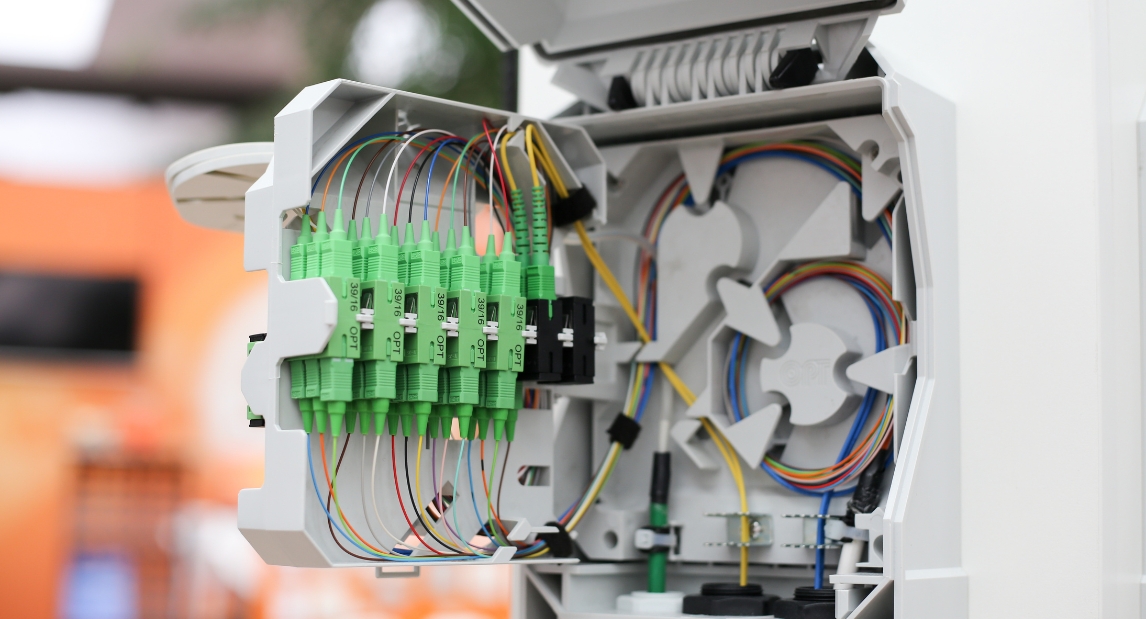
Choosing the right type of fiber optic cable is essential for reliable and cost-effective network performance. The two main types — Single Mode (SM) and Multimode (MM) — differ in construction, performance, and application. This guide explains how to identify them by appearance, labeling, and technical specifications, helping you make the right choice for your installation.
What Is Single Mode Fiber?
Single Mode fiber is designed to carry a single light path over long distances. It is commonly used in long-haul telecommunications, FTTH (Fiber to the Home), and data center interconnects.
You can identify it by its yellow jacket, smaller core size (approximately 8 to 10 microns), and its use of laser light sources. It provides high performance over long distances, often exceeding 100 km with proper equipment. Look for labels like OS1 or OS2.
What Is Multimode Fiber?
Multimode fiber supports multiple light paths and is ideal for shorter distances. It’s often used in LAN networks, data centers, and automation systems.
The outer jacket is usually orange (OM1/OM2) or aqua (OM3/OM4), with a larger core size of 50 or 62.5 microns. It uses LED light sources and is best suited for distances under 500 meters. Multimode cables are labeled as OM1 through OM5.
Visual Identification
Jacket color is a quick way to tell the two apart. Single Mode is typically yellow, while Multimode is orange, aqua, or lime green. You can also check the labeling on the cable jacket — for example, “OS2 9/125” indicates Single Mode, and “OM3 50/125” indicates Multimode.
Tools to Help You Identify Fiber
Several tools can help confirm the fiber type. A visual fault locator (VFL) can show how light behaves through the fiber. An OTDR can measure fiber length and loss, helping identify the mode. A fiber inspection microscope allows you to view the core size directly.
You can find these tools in the Fiber Optics Cyprus Market
Choosing the Right Fiber
To choose between Single Mode and Multimode, consider the application. If you’re connecting over long distances or require high bandwidth, Single Mode is typically the better option. For short runs within a building, Multimode may be more cost-effective.
Factors to consider include distance, speed requirements, budget, and plans for future upgrades.
Correctly identifying Single Mode vs Multimode fiber ensures proper installation, performance, and compatibility. Always check the color, core size, and printed label, and use tools when needed.



















